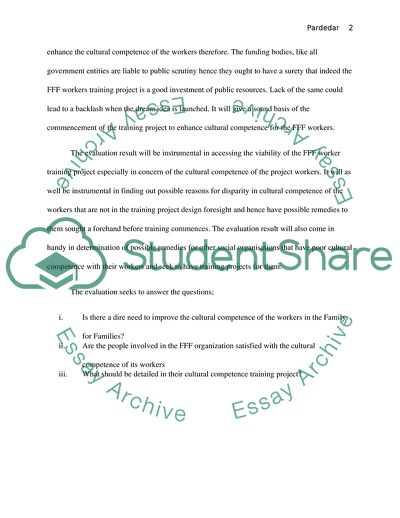Cite this document
(Outcome Evaluation Aimed at Enhancing the Cultural Competence of Essay Example | Topics and Well Written Essays - 1750 words, n.d.)
Outcome Evaluation Aimed at Enhancing the Cultural Competence of Essay Example | Topics and Well Written Essays - 1750 words. https://studentshare.org/sociology/1787118-evaluation-plan
Outcome Evaluation Aimed at Enhancing the Cultural Competence of Essay Example | Topics and Well Written Essays - 1750 words. https://studentshare.org/sociology/1787118-evaluation-plan
(Outcome Evaluation Aimed at Enhancing the Cultural Competence of Essay Example | Topics and Well Written Essays - 1750 Words)
Outcome Evaluation Aimed at Enhancing the Cultural Competence of Essay Example | Topics and Well Written Essays - 1750 Words. https://studentshare.org/sociology/1787118-evaluation-plan.
Outcome Evaluation Aimed at Enhancing the Cultural Competence of Essay Example | Topics and Well Written Essays - 1750 Words. https://studentshare.org/sociology/1787118-evaluation-plan.
“Outcome Evaluation Aimed at Enhancing the Cultural Competence of Essay Example | Topics and Well Written Essays - 1750 Words”. https://studentshare.org/sociology/1787118-evaluation-plan.


